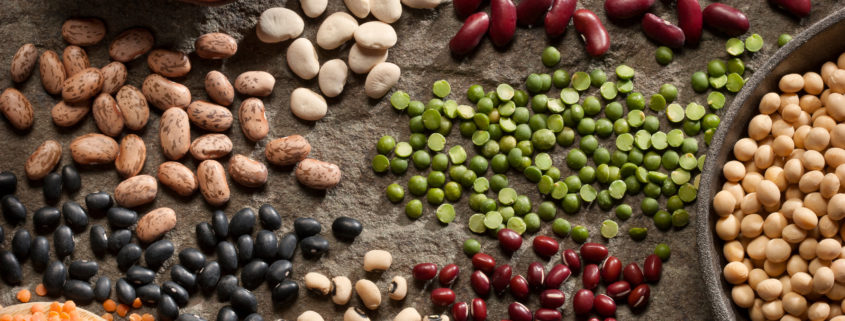MFP 2019 Frequently Asked Questions Answered
By Anna-Lisa Laca for AgWeb.com
USDA on Thursday provided more details on the 2019 Market Facilitation Program. We compiled answers to frequently asked questions.
Which crops will receive a payment? According to USDA, producers of alfalfa hay, barley, canola, corn, crambe, dry peas, extra-long staple cotton, flaxseed, lentils, long grain and medium grain rice, mustard seed, dried beans, oats, peanuts, rapeseed, safflower, sesame seed, small and large chickpeas, sorghum, soybeans, sunflower seed, temperate japonica rice, upland cotton, and wheat will receive a payment based on a single county rate multiplied by a farm’s total plantings to those crops in aggregate in 2019.
How will payment rates be calculated? According to USDA, there will be one payment rate per county that will be calculated based on the economic impact the trade war has had on farmers within that county. Per county payments range from $15 – $150 per acre. Hog producers will receive $11 per head payment based on the number of live hogs owned on a day selected by the producer between April 1 and May 15, 2019. Dairy producers will receive $0.20 per hundredweight payment on production history. Individual payments will be calculated by local FSA. Sign up will begin Monday, July 29.
Will acres included in a prevent plant claim be covered? Yes and no. While Secretary Perdue originally said prevent plant acres would not be covered, they discovered a loop hole. Producers who planted MFP eligible cover crops on prevent plant acres will receive a $15 per acre payment for those acres.
Will acres added to a farm in 2019 be eligible for a payment? Yes, if those acres were planted to a Title 1 crop in 2018, according to Perdue. He provided the following example: “If you were planting 1,000 acres last year, and I planted 1,000 acres and you retired, and I took and planted your thousand, so I had 2,000. Those would be eligible because they were they were planted in 2018. But if I had 1,000 acres of grasslands and I said well, I’m gonna go plant wheat or soybeans so I get this payment, that will not be eligible.”
Can I plant a crop that’s outside of my normal rotation? Yes. According to USDA, per acre payments are not dependent on which of those crops are planted in 2019, and therefore will not distort planting decisions. Moreover, total payment-eligible plantings cannot exceed total 2018 plantings. Perdue added “If those acres were farmed last year, and in those Title I crops, they will be eligible,” he said earlier this summer.
Who is eligible for a payment? When USDA initially announced the program Secretary Perdue said the means test for this program would “not necessarily be what people have been used to.” Eligible applicants must also have an average adjusted gross income (AGI) for tax years 2014, 2015, and 2016 of less than $900,000 or, 75% of the person’s or legal entity’s average AGI for tax years 2014, 2015, and 2016 must have been derived from farming and ranching.
Will there be payment limits? Yes, but they are higher than 2018.
MFP payments are limited to a combined $250,000 for non-specialty crops per person or legal entity. MFP payments are also limited to a combined $250,000 for dairy and hog producers and a combined $250,000 for specialty crop producers. However, no applicant can receive more than $500,000.
When will the first payment be issued? According to USDA, the first tranche will begin mid-August “as soon as practical after Farm Service Agency crop reporting is completed.” The first payment will be $15 per acre or 50% of your county payment rate, whichever is higher.
What will determine whether a second or third payment are made? Trade negotiations. If the U.S. and China can agree to a trade deal that includes President Xi changing non-tariff barriers and “the things we’ve asked him to do which are absolutely reasonable” the administration will reevaluate the second and third tranche, Perdue said earlier this summer.
Have a question to add? Leave a comment below or send me an email at alaca@farmjournal.com







Leave a Reply
Want to join the discussion?Feel free to contribute!